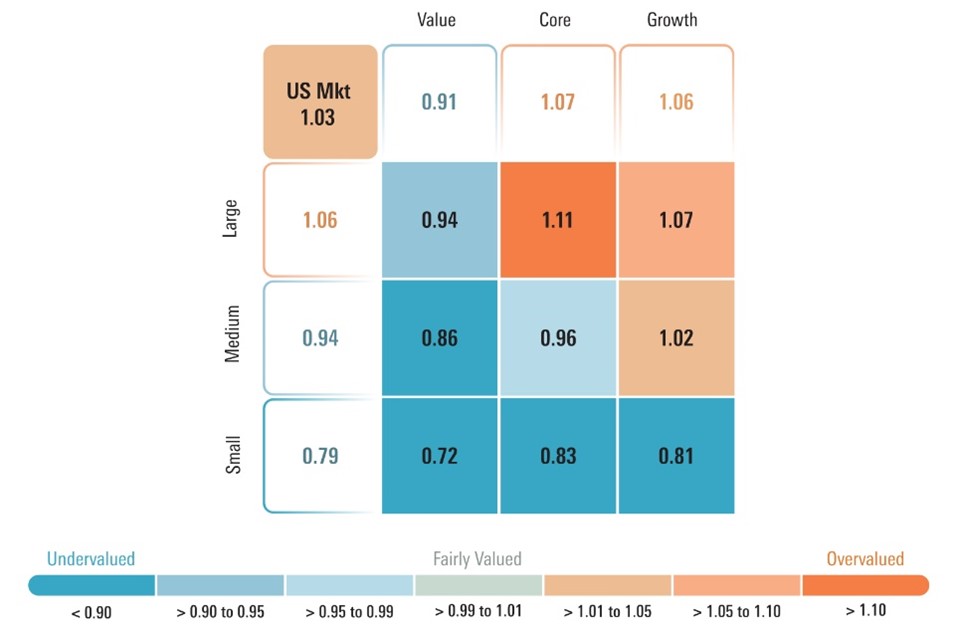20 Handy Ways For Choosing AI Stock Prediction Websites
Top 10 Tips To Assess The Strategy Customization Of Ai Trading PlatformsStrategy customization is a key feature of AI platform for predicting and analyzing stocks that allow users to adapt the platform to their specific trading goals, risk tolerance, and market conditions. Platforms that offer an array of customizable options can improve the performance of your trading. Here are the top 10 ways to determine the capacity of platforms to modify their strategies:
1. Evaluate Pre-Built Strategy Templates
A variety of templates: Find out whether the platform has a variety of built-in trading strategies (e.g. day trading, swing investing, long-term investments).
User-friendly: Check out how easy it is to modify and use these templates according to your preferences.
Performance history: See whether the platform provides historical performance statistics on the an already-built strategy.
2. Examine Customized Strategy Development
Drag-and-drop tools: Find platforms that have intuitive drag-and drop interfaces for creating custom strategies.
Options for Coding: For users who are more advanced be sure to check if the platform supports custom-written coding in a scripting language that is proprietary (e.g. Python, R).
Flexibility: Make sure the platform permits you to establish entry and exit rules, risk management parameters, as well as other important elements of your plan.
3. Check for Backtesting Capabilities
Historical data. Check if the platform can provide enough historical data in order to backtest your strategy.
Modifiable parameter: Make sure you can adjust parameters during backtesting (e.g. indicators and timeframes).
Performance metrics: Check whether the platform has detailed performance metrics, such as win rate (e.g. Sharpe ratio) drawdown, win rate, and other indicators, for strategies that have been tried and tested.
4. Evaluate Real-Time Strategy Testing
Paper trading: Test strategies in real-time using simulation or paper trading.
Live testing: Find out whether you can test your strategies in real markets using small amounts capital.
Real-time Adjustments: Determine if you're able to adjust your settings in real time according to the market conditions.
5. Evaluate the degree of integration with technical indicators
Indicator library: Check whether a platform offers an extensive library of indicators that are technical, such as moving averages (e.g. RSI), MACD, or RSI.
Custom indicators. You must ensure that you are able to create or use custom indicators in your strategy.
Check that the platform permits you to mix multiple indicators into complex strategies.
6. Check for Risk Management Tools
Stop-loss/take-profit: Ensure the platform allows you to set stop-loss and take-profit levels within your strategies.
Position sizing. Consider whether you could establish rules for the size of positions (e.g. percentage or set amount) and control the risk.
Risk-reward ratio: Verify whether the platform can set risk-reward ratios on individual trades or strategies.
7. Evaluate Multi-Asset Strategy Support
Asset classes: Check that the platform can support strategies in multiple asset classes (e.g. ETFs, stocks or options or forex).
Cross-asset strategies : You can make strategies that involve various asset types (e.g. pairs trading, hedges).
Market coverage: Determine if the platform offers the services you need (e.g. US, international or cryptocurrencies).
8. Review the automation, Execution and Execution
Automated trading. Check if the platform allows automated execution, based on previously defined strategies.
Order types - Check that the platform supports a range of order types to execute strategies (e.g. stop, limit or market).
Check for latency: Make sure that the platform permits transactions to be completed with minimum delay. This is crucial when it comes to high-frequency strategy.
9. Make sure you are using tools for strategy optimization.
Optimization of parameters. Check that your platform allows you to optimize the parameters of your strategy (e.g. Grid search, Genetic algorithms).
Machine learning integration Check to see if your platform incorporates machine learning capabilities to improve and refine strategies.
Scenario analysis: Verify whether the platform permits testing strategies for different market scenarios (e.g. bear, bull or volatile).
Check out the Community Feedback and User Reviews
User reviews: Research feedback from customers to evaluate the effectiveness of the platform's strategy customization.
Forums for communities: Find out if there's an active user community who discuss and share strategies.
Support resources: Check whether the platform offers documentation, tutorials, and webinars that can help users create and implementing strategies.
Bonus Tips
Free trial period: You can explore the options for customization of the platform with a a demo or free trial.
Scalability: Make sure the platform is able to handle more complicated strategies in your trading expands.
Support for customers: Find out if there's support available for inquiries or concerns relating to strategy.
Following these tips can aid you in assessing the capability of AI trading platforms to modify their strategies. You will be able determine which platform best suits your trading requirements and makes it possible for you to refine and implement your plan. Platforms that are flexible in their customization capabilities can assist you in adapting to the changing market conditions and enhance the performance of your trading. Have a look at the most popular find out more about stock ai for more tips including ai chart analysis, options ai, AI stock market, ai investing, ai investment platform, options ai, ai for stock trading, best AI stock trading bot free, best ai for trading, AI stock trading app and more.

Top 10 Things To Consider When Looking At Ai Trading Platforms To Evaluate Their Social And Community Features
Understanding how people share information, interact and learn is crucial to understanding the AI-driven trading and stock prediction platforms. These features improve the user experience by providing helpful support. Here are the 10 best suggestions for evaluating social or community features on such platforms.
1. Active User Community
TIP: Find out if the platform has an active community of users who regularly participate in discussion, shares information, and provides feedback.
Why an active community? A community that is active is a place where users are able to learn and grow with each other.
2. Discussion forums and boards
Verify the activity and the quality of message boards and discussion forums.
Forums are a great way for users to share thoughts, debate trends and even ask questions.
3. Social Media Integration
TIP: Check if the platform you are using allows you to share insights and updates on social media platforms, for example, Twitter or LinkedIn.
Why: Social media integration can increase engagement and offer actual-time market information.
4. User-Generated content
Look for features such as the ability to write and share content.
Why is that user-generated content encourages collaboration and provides a variety of perspectives.
5. Expert Contributions
See if any experts from the industry, like market analysts or AI experts, have contributed.
Expert knowledge adds credibility and depth to community discussions.
6. Real-Time Messaging and Chat
Tips: Ensure that you are able to instantly communicate with users by taking a look at the live chat options and the messaging.
Real-time interaction allows quick exchange of information as well as collaboration.
7. Community Modulation and Support
Tip: Evaluate the level of support and moderating offered by the community.
What is the reason? Moderation that is effective helps create a respectful and positive atmosphere. Support is always available to help resolve problems quickly.
8. Webinars and events
Tip: Check whether there are live sessions, webinars, or Q&A sessions hosted by experts.
What are the benefits: These events provide opportunities to learn and direct contact with professionals in the industry.
9. User Feedback and Reviews
Tips - Search for features that allow users to provide feedback on the platform as well as its community and features.
Why: User feedback helps determine strengths and areas of improvement in the community ecosystem.
10. Rewards and gaming
Tips: Find out if the platform includes games, like badges or leaderboards.
Gamification is a great way to increase engagement of users in the online community.
Bonus Tip: Privacy & Security
Use robust privacy measures and security for the community and social tools. This will safeguard your personal information and data.
You can test these features to decide if the AI trading and stock prediction platform provides an environment that is friendly and engages you in trading. Read the most popular inciteai.com AI stock app for blog tips including stock trading ai, AI stock trader, AI stock prediction, stocks ai, ai for trading stocks, AI stock price prediction, stock trading ai, how to use ai for copyright trading, ai share trading, AI stock trader and more.
